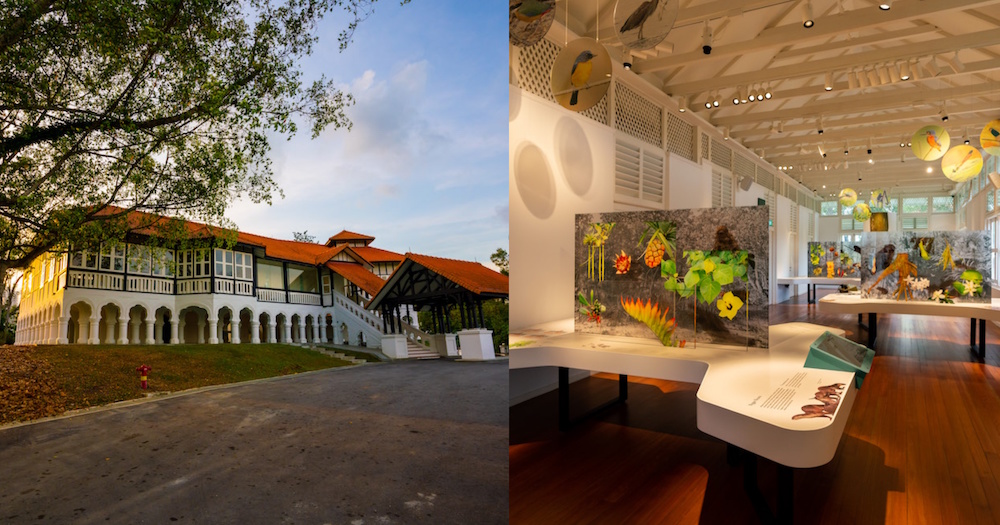A number of new facilities opened to the public at the Gallop Extension of Singapore Botanic Gardens on Mar. 13, 2021.
One of them includes a 123-year-old colonial-era bungalow, the oldest surviving black-and-white one in Singapore.
The iconic black-and-white bungalow, Gallop House No. 5 (Atbara), is now a gallery known as the Forest Discovery Centre @OCBC Arboretum.
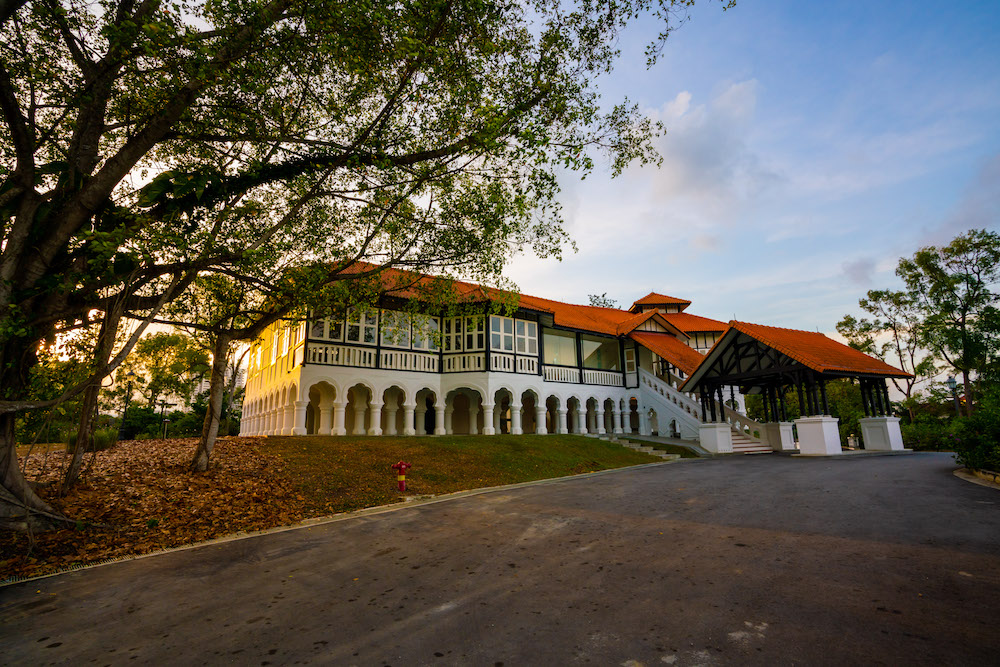 Photo of Gallop Road No. 5 (Atbara) by NParks.
Photo of Gallop Road No. 5 (Atbara) by NParks.
Gallery with interactive elements that showcases various forest ecosystems
The gallery showcases the forest ecosystems in Singapore with interactive displays and videos installed in the house.
One of the highlights in the gallery is a photographic installation of forest trees found in various local habitats, including a mangrove tree, a durian tree and yellow flame tree.
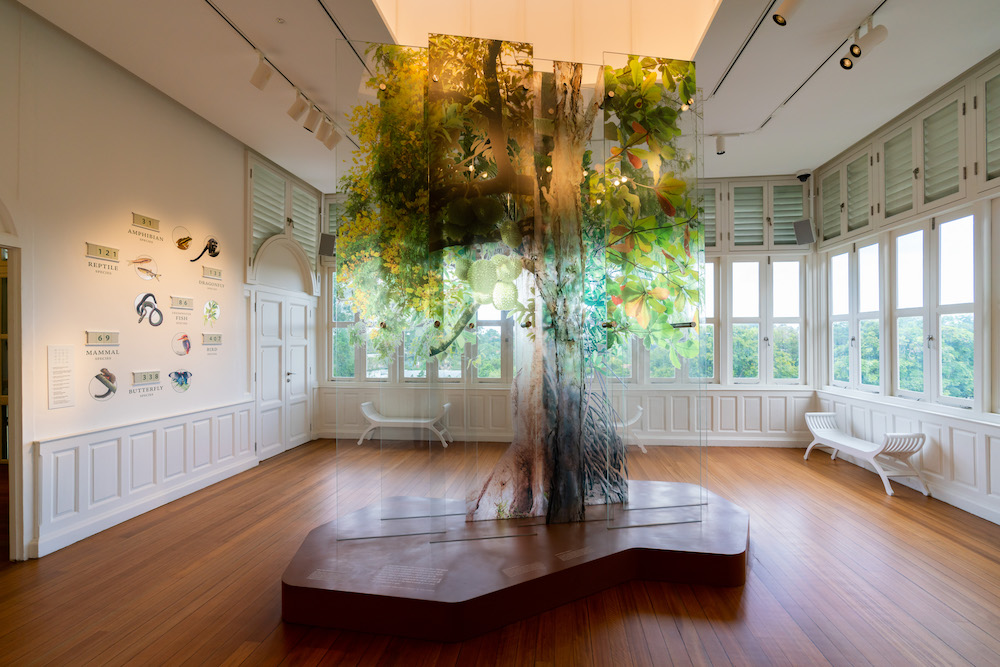 Photo of Singapore's Living Forests, a showcase of native trees in Singapore. Photo by NParks.
Photo of Singapore's Living Forests, a showcase of native trees in Singapore. Photo by NParks.
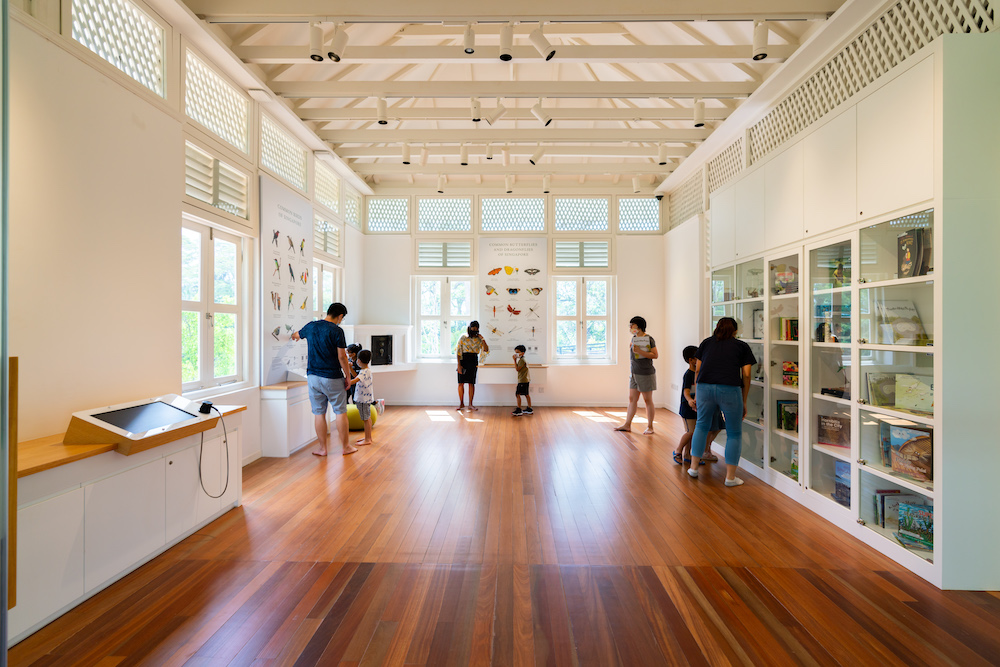 Photo of Nature Explorer Zone where visitors learn how the community can play a part in documenting Singapore's natural heritage, by NParks.
Photo of Nature Explorer Zone where visitors learn how the community can play a part in documenting Singapore's natural heritage, by NParks.
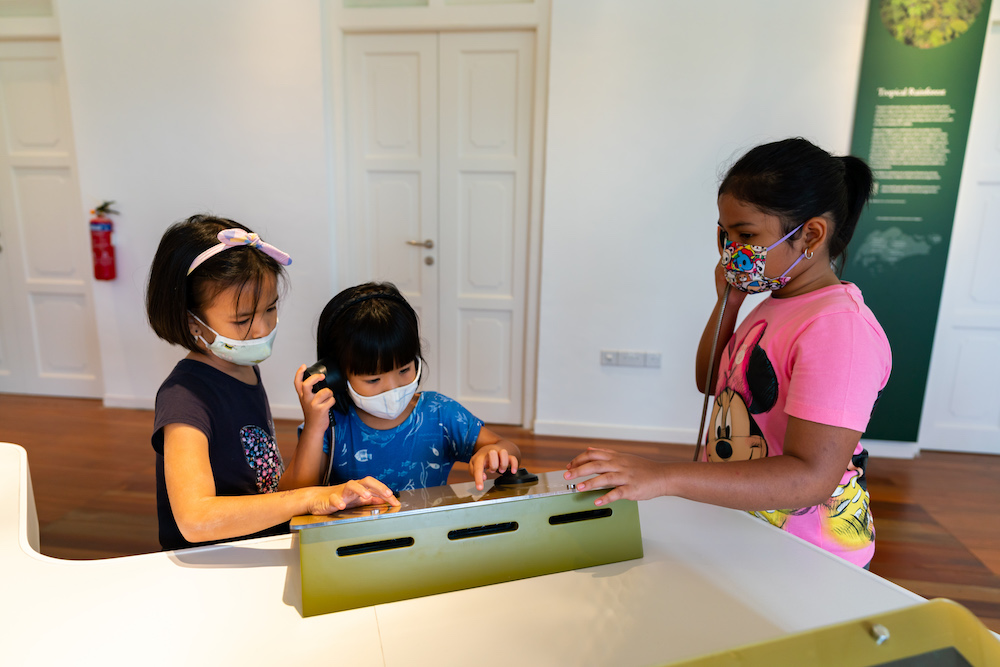 Visitors can view rare footage of camera trap videos and hear recordings of animal calls at Forest Conservation Gallery. Photo by NParks.
Visitors can view rare footage of camera trap videos and hear recordings of animal calls at Forest Conservation Gallery. Photo by NParks.
The installations also educate visitors about some of the rarest flora and fauna in Singapore, such as the Swamp Forest Crab that can only be found in Nee Soon Swamp Forest.
Visitors can also view footage of camera trap videos and hear recording of bird calls found in each habitats.
You can even take a photo of yourself with the "camera trap" at the gallery.
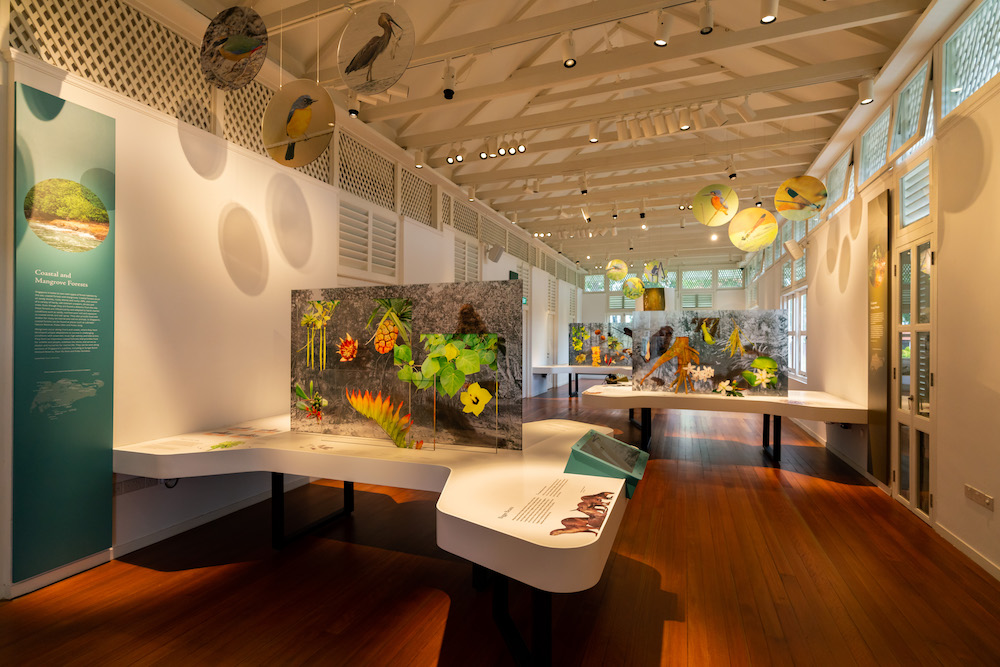 Photo of Forest Conservation Gallery by NParks.
Photo of Forest Conservation Gallery by NParks.
Supporting the research in tropical forests
Besides public education and outreach, the Forest Discovery Centre @ OCBC Arboretum will also host the Singapore Botanic Gardens’ Tropical Forest Ecology Research programme and provide space to facilitate community involvement in conservation.
As the name suggests, the Forest Discovery Centre also complements the OCBC Arboretum.
Opened in October 2019, the arboretum plays an important role in the Gardens' conservation work, housing and displaying the growing collection of rare dipterocarps.
Dipterocarps are lowland rainforest trees that are found in mature forests, supporting a wide variety of animals. These trees also provide valuable timber wood, which are highly sought after, resulting in deforestation.
Out of the 700 species of dipterocarps found across the world, the OCBC Arboretum aims to grow and showcase over 200 species of dipterocarp species.
Better understanding of the dipterocarps will also support NParks' capabilities in tropical forest restoration in both Singapore and the region in light of climate change.
The Head of Group Brand and Communications at OCBC Bank, Koh Ching Ching, explained that the bank chooses to support the work at the arboretum because it recognises how carbon emissions are "the biggest climate changer".
The efforts at OCBC arboretum will help to conserve dipterocarp trees that are excellent at absorbing and storing carbon throughout their entire lifetimes.
"Planting trees and growing our forests are effective ways to fight climate change," Koh added.
First permanent display of botanic art
Besides Gallop House No. 5, another black-and-white bungalow, Gallop House No. 7 (Inverturret) was also opened this morning.
The house that was built in 1906 is now a Botanic Art Gallery highlighting the role of botany art in scientific documentation of plants in Singapore and the region.
This is Singapore's first permanent display of botanical art. Among the collection displayed at this gallery includes the oldest dated painting in the Gardens' collection that was completed in 1890.
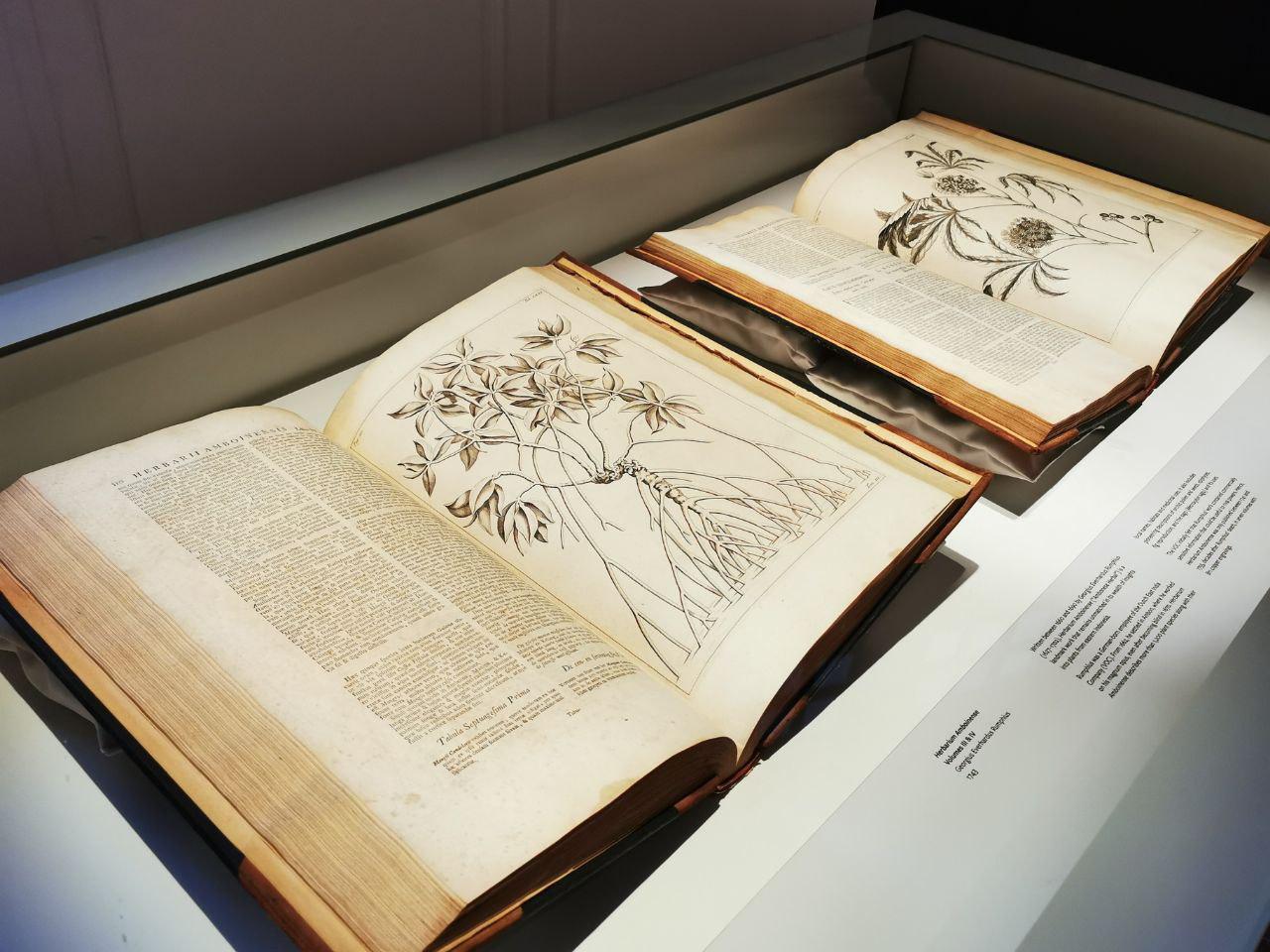 Photo by Zheng Zhangxin.
Photo by Zheng Zhangxin.
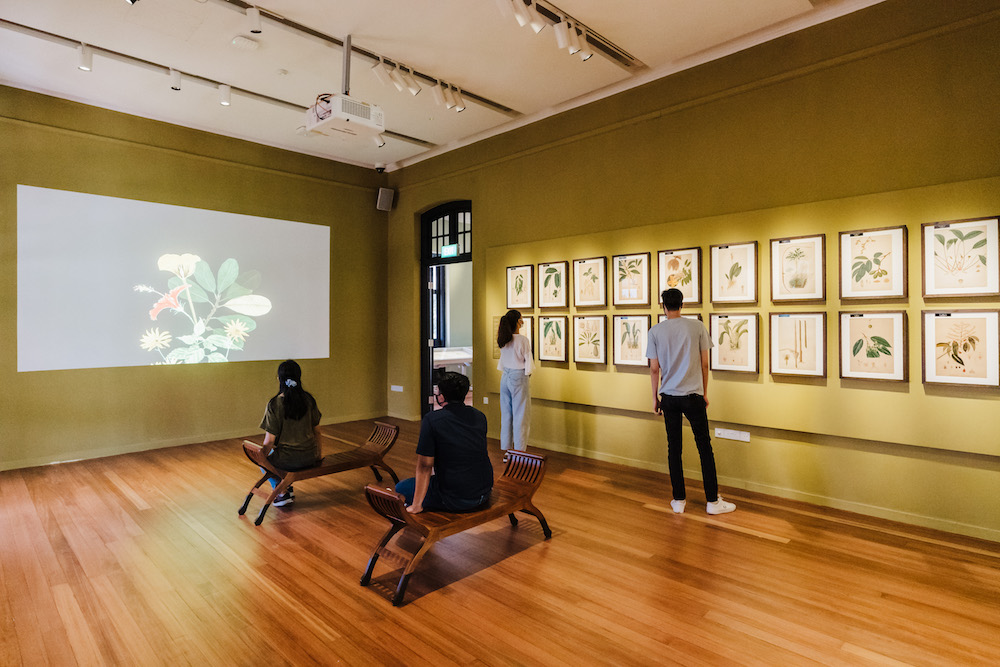 Multimedia exhibitions at Botanical Art Gallery, photo by NParks.
Multimedia exhibitions at Botanical Art Gallery, photo by NParks.
More about the two conserved building
The two houses along the Gallop Road were designated as conserved buildings by the Urban Redevelopment Authority (URA) in 2015.
Both houses were designed by Regent Alfred John Bidwell, who also designed a few iconic buildings in Singapore such as the Raffles Hotel, Victoria Memorial Hall and Goodwood Park Hotel.
If you are visiting the Gallop Extension for these new features, do note that there are limits to the number of people allowed in the galleries -- capped at 40 at any point of time -- and the playgarden due to Safe Management Measures.
If you like what you read, follow us on Facebook, Instagram, Twitter and Telegram to get the latest updates.
